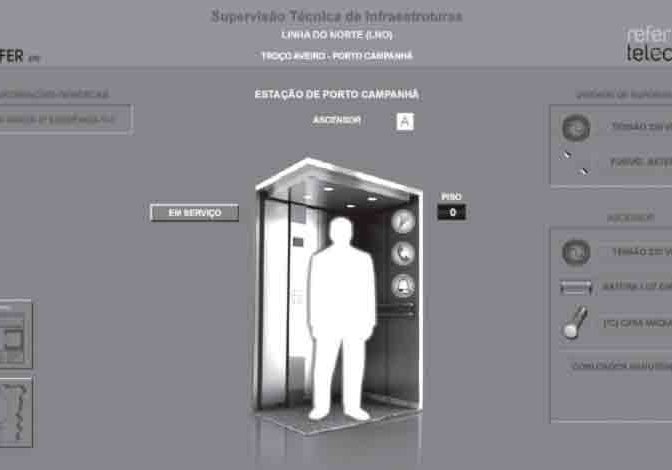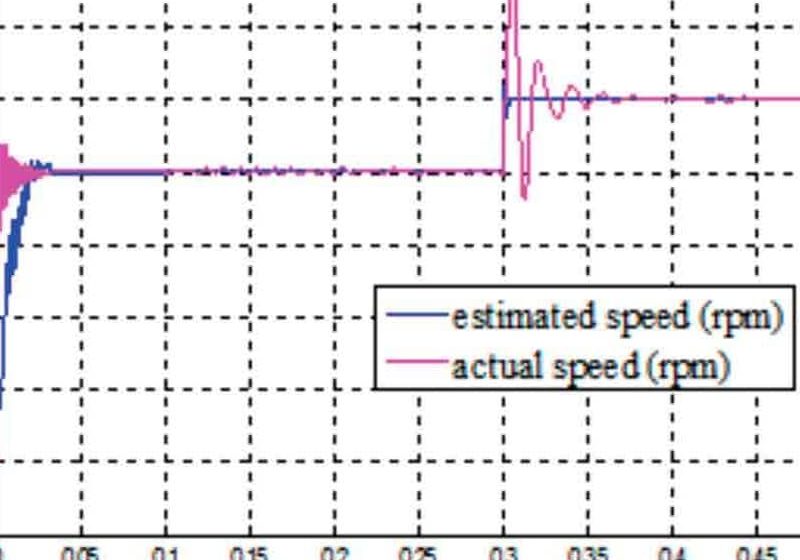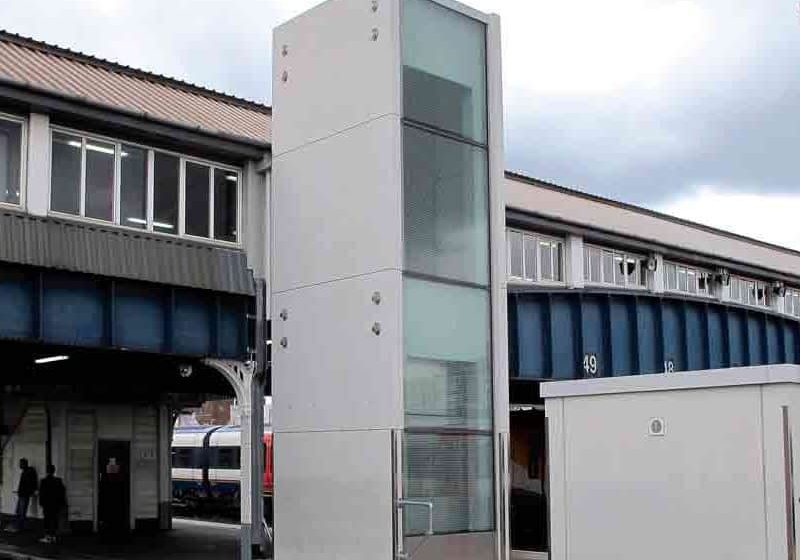A wise friend of mine who owned and operated a very successful elevator company for many years once told me that the way to make money in the elevator maintenance business is to control the number of call-backs you have to make. Call-backs take a lot of time to deal with and “out of service” elevators are a significant annoyance and inconvenience for an elevator company’s clients and building occupants. “Time is money!” is an adage that very much applies here.
The time it takes for a maintenance mechanic to respond to a call-back comes right out of a maintenance company’s bottom line, and the “ill will” an elevator shutdown always causes the public and elevator companies’ clients is something an elevator company would rather do without. Therefore, the establishment of a good preventative-maintenance program that improves elevator and escalator reliability should be in the mission statement and game plan of every elevator maintenance organization. In view of this, the Focus on Maintenance articles in this month’s issue of ELEVATOR WORLD should provide food for thought on how to develop an effective maintenance program.
In this month’s issue, Bradford Welsh describes a system he developed to organize a code-required Maintenance Control Program (MCP) that can be customized for a project’s specific equipment. Welsh points out that development of an effective MCP could be a difficult task without a precise method. Therefore, he offers a systematic approach for maintenance contractors to use and one that will ensure the program developed will be in full compliance with MCP requirements. The recommendations presented in Welsh’s article provide a means to organize and record all maintenance tasks, as well as periodic inspections and tests for elevators and escalators.
Tim Eberling’s article, which is also included in this month’s issue, describes a technical enhancement that can be incorporated throughout an elevator system to reduce elevator maintenance and repair costs and improve elevator reliability. The article describes the distribution of strategically placed sensors that automatically capture information on the wear and tear of components and record it for use in developing a proactive preventative-maintenance program. The benefits of establishing a predictive as opposed to a reactive maintenance program are pointed out in this article, which should be carefully studied by all entities involved with keeping elevators in a reliable and safe operating condition.
The subject of another article in this month’s issue is that of the development and application of an advanced maintenance network currently in use in Japan for elevator companies to more effectively respond to natural disasters. The article’s authors provide a detailed description of the emergency-response system that has been implemented throughout Japan and was utilized following the Great East Japan Earthquake (EW, May, 2011). This emergency-response plan has been developed and continually enhanced since its implementation in 2004, and it was very effectively utilized following this 9.0 magnitude temblor.
Throughout Japan, all elevators are equipped with an early warning system activated when an earthquake’s primary waves are detected. The elevators then travel to and stop at the nearest floor where passengers are instructed to exit the elevator. The earthquake emergency plan resulted in early recovery of all elevators outside areas where the infrastructure was completely paralyzed. The follow-up maintenance and repair of the affected elevators (also part of this plan) is described in detail in this article.
We trust the Focus on Maintenance articles in this month’s issue will pique your interest. The contents of this issue should also give you a lot to consider relative to the equipment our industry is responsible for maintaining and keeping in safe and reliable condition, which is certainly in everyone’s best interest.
Get more of Elevator World. Sign up for our free e-newsletter.









